Anatomy of Acoustic Systems: Wide Band Controversy
It so happened that sometimes in our blog we ask questions that cause quite a stormy, lively discussion on this and other resources. I believe that this will be the case this time too, since it will be a question of an almost philosophical (for some people) question: the advantages and disadvantages of broadband speakers as compared to multi-band ones.
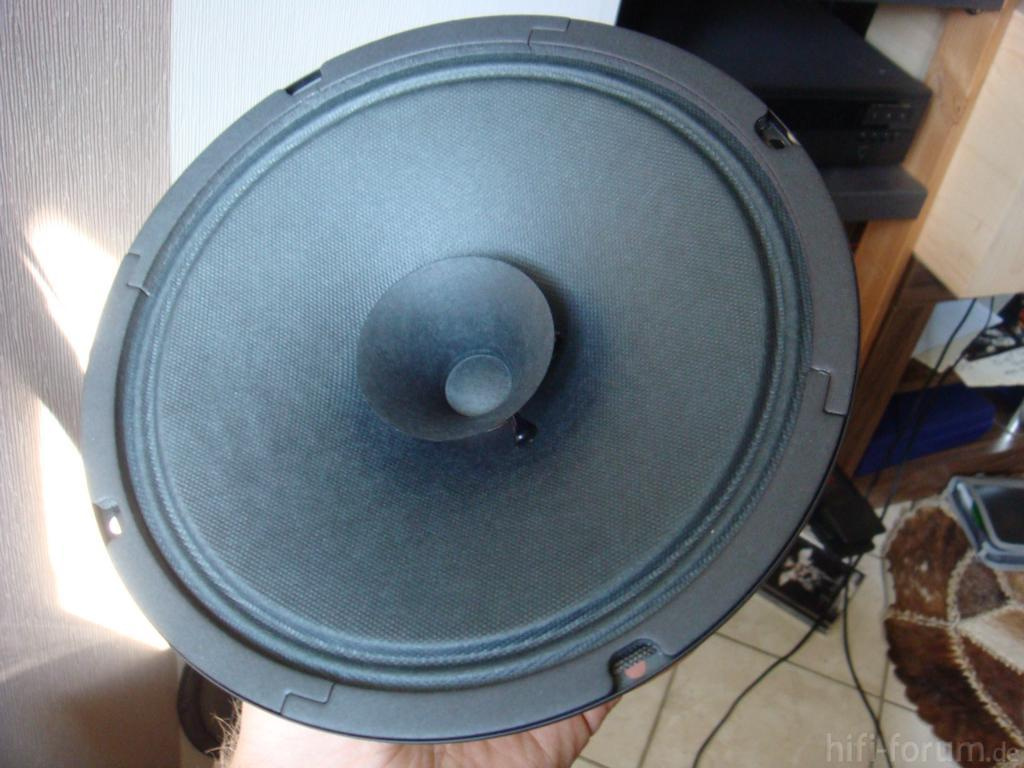
Discussions on the topic:does size matter , which is better - one wide or many narrow, has been shaking the forums of philophonists and music lovers for more than one year. As before, I do not intend to put an end to the debate and only prepare the ground for discussion, detailing some facts, and outline my own subjective opinion about the problem.
I note that I am a supporter of multiband speakers, and for a number of reasons I believe that the more bands (within reasonable limits, of course), the better. In view of the above, I may be somewhat biased in assessing the polar point of view (but I will try to maintain a neutral approach).
The practice of using broadband dynamic emitters and speakers created on their basis has formed a stable stereotype that the wider the frequency range of an electrodynamic emitter, the lower its linearity. Accordingly, the vast majority of broadband emitters, as a rule, do not have a very smooth frequency response, and many emitters of this type are also characterized by a high level of harmonics and intermodulation distortions.
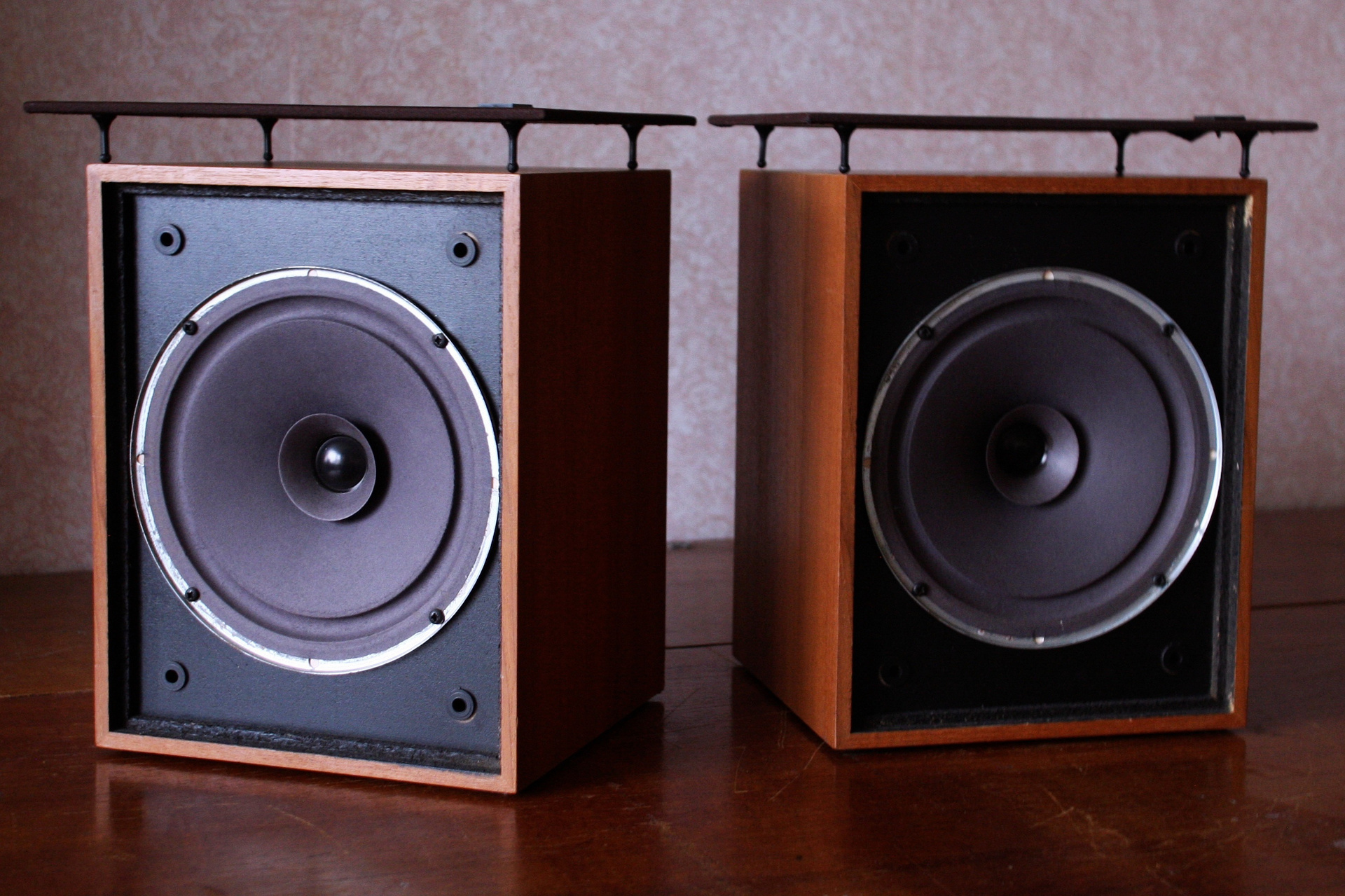
This opinion is confirmed by a number of pure, from the point of view of sound physics and psychoacoustics, experiments conducted over the past 40 years. In the experiments, broadband and multiband speakers were compared. Due to the presence of serious shortcomings (low linearity of components equipped with broadband emitters), the vast majority of manufacturers abandoned the wide band and began to produce multi-band speakers.
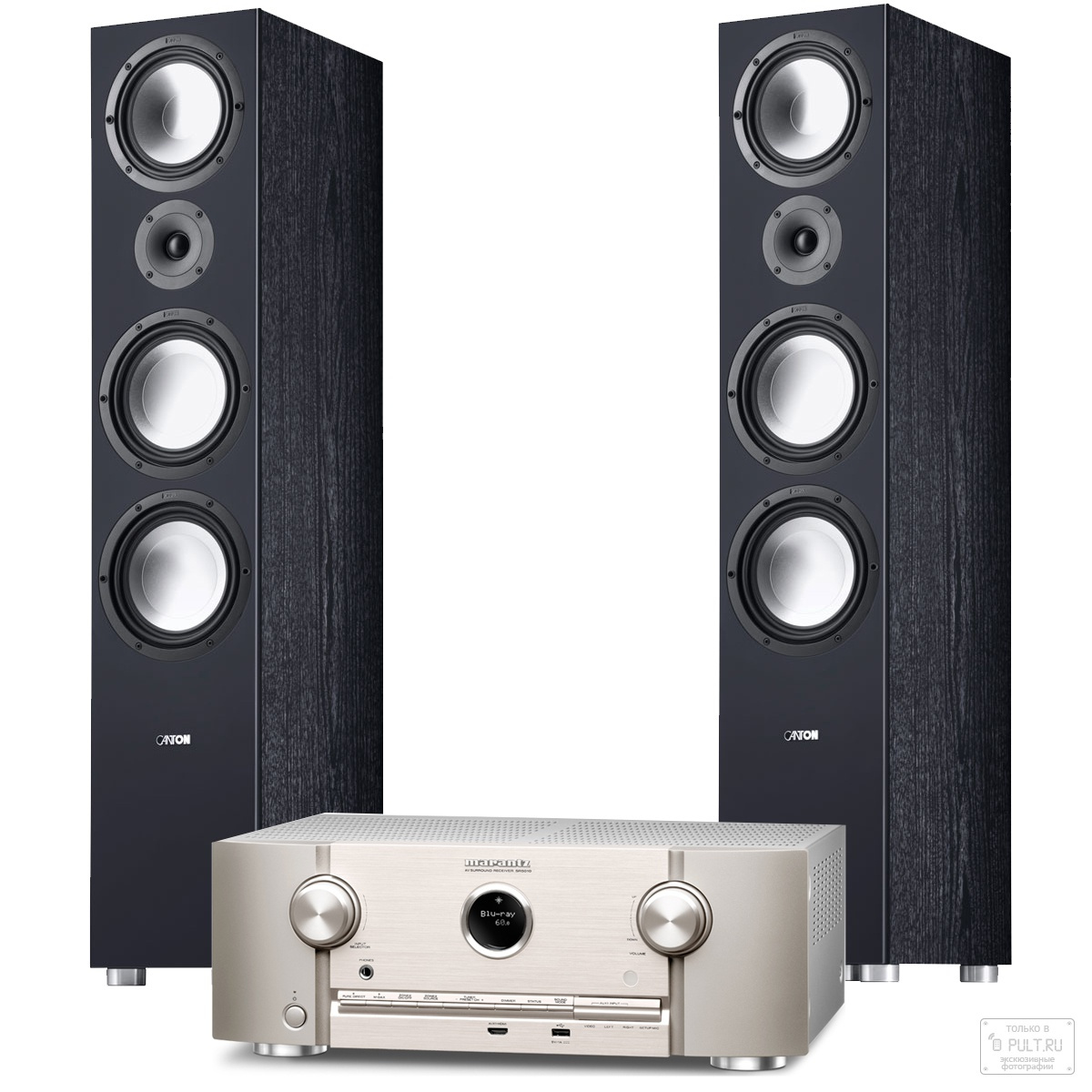
Opponents of multiband acoustics argue that the low linearity of the speakers of such systems is more than compensated for by the absence of “terrible phase distortions”, “monstrous problems” with the linearity of crossovers that divide sound into bands.

In other words: for multiband filters “shamelessly twist the phase”, which “terribly” affects the sound. In addition, it is often stated that passive crossovers can significantly degrade the dynamic characteristics of the system, reduce the sound detail and make it “flat”. These disadvantages relate mainly to passive crossovers, and the disadvantage of active ones is their cost.
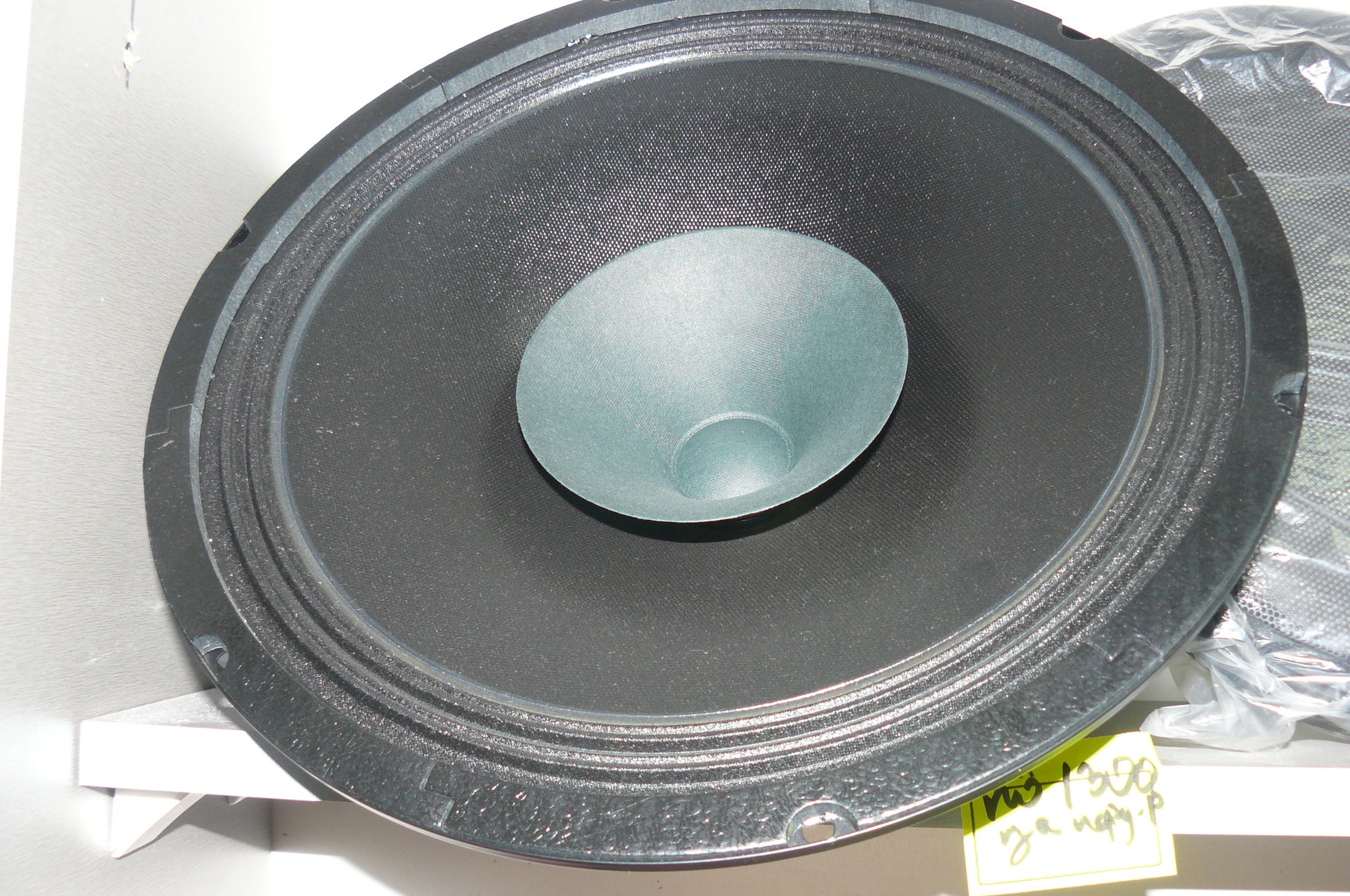
Among other things, adherents of broadband speakers often appeal to certain magical and metaphysical features of the influence that the sound they reproduce. As a demonstration of the “magical” effect of the sound produced by such an AS, I will give one quote (it fully reflects the opinion of those who appeal to “shamanism” in this matter):
(spelling and punctuation saved)
Objectively, the vast majority of multi-band speakers have several advantages. Most multiband systems with passive crossovers are characterized by:
Speakers with active crossovers have the same advantages, while they have significantly fewer problems with the phase response and a large slope (about 10-25 dB). The main disadvantage of systems with an active crossover is the cost, they are usually 2-3 times more expensive than their passive counterparts.

Frequency response of high-quality three-way acoustics
As I have already noted, in addition to the complexity of the design and price, multi-band systems are characterized by the presence of phase-frequency distortions. It should be borne in mind that this type of distortion can be noticeable only if the hearing thresholds of the GDZ are exceeded (which in the 2 kHz region are about 1 ms). The vast majority of speaker manufacturers are guided by this criterion from the mid-90s to the present.
Despite the "dominance" of multiband speakers in the modern market, not all companies have abandoned developments in the field of "wide band". For example, B & C, BHL, P.audio, Edge, and Beyma consider the research in this area justified and continue to produce high-sensitivity broadband dynamic speakers. In particular, these companies have proposed technical solutions to increase the range of tweeter-like speakers. This was done through the use of the coaxial design of the emitters and other original solutions (placement of special diffuser "add-ons" connecting to the central core of the speaker, etc.). Such systems are especially popular in car audio and built-in acoustics.

Comparison of the frequency response of 2 wideband speakers
on the basis of such speakers is close to the multi-band in the frequency response graph. However, by virtue of the principle used, they are still prone to the formation of a hump in the middle region and “cutting” of the remaining frequencies, especially in the low-frequency range. It should also be noted that the expansion of the spectrum of broadband speakers in the direction of the woofer is inevitably associated with an increase in the area of the emitter, which, as a rule, leads engineers to a standstill.
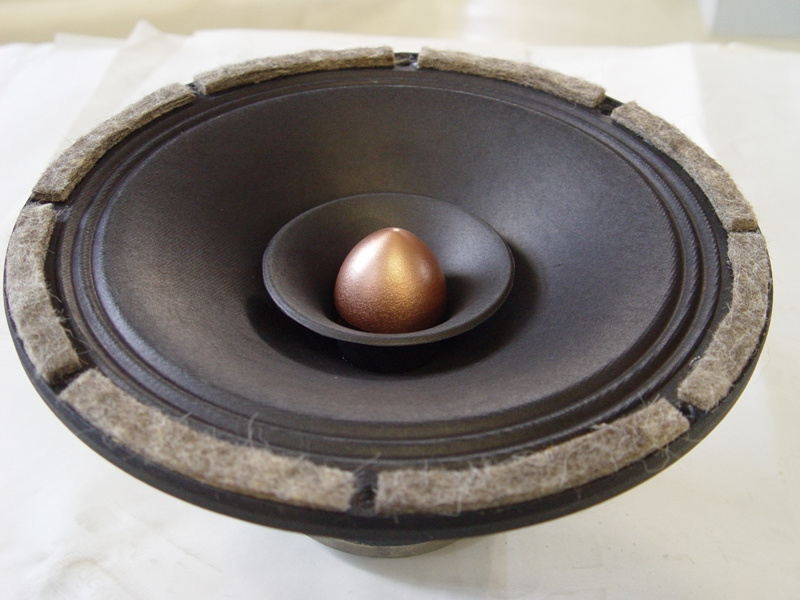
In addition, it should be borne in mind that among the adherents of such acoustics, the use of a closed acoustic design is considered a “true option”. This, in turn, does not allow manufacturers to use the phase inverter type of "boxes", which could strengthen the low ones in the overall "picture". For the same reason, such speakers use speakers with high sensitivity, which by no means adds linearity to such systems.
It is known that the most serious problems with the linearity of broadband emitters are noted within the frequency section, which explains the high prevalence of multiband.
No matter how I tried to be neutral, it didn’t work. In conclusion, I can note that my personal impressions of listening to broadband speakers quite coincide with what I had read about the problems of these systems. The sound is replete with medium frequencies and does not create the expected volumetric scene, the bottom - no. In other words, despite the lack of phase problems inherent in multiband systems, broadband can not be considered satisfactory. Non-linearity, especially pronounced in the spectra of the frequency section, kills all the advantages of the "wide band".
While writing a post, a familiar sound engineer came to visit, summarizing: “All the allegations that a linear sound is extracted from a single emitter are complete nonsense.”
I sincerely hope that there will be people among the readers who know for what other reason broadband speakers are popular among audiophiles. As I already wrote, I was not able to be objective. I look forward to comments that refute my point of view.

Discussions on the topic:
I note that I am a supporter of multiband speakers, and for a number of reasons I believe that the more bands (within reasonable limits, of course), the better. In view of the above, I may be somewhat biased in assessing the polar point of view (but I will try to maintain a neutral approach).
Dispute
The practice of using broadband dynamic emitters and speakers created on their basis has formed a stable stereotype that the wider the frequency range of an electrodynamic emitter, the lower its linearity. Accordingly, the vast majority of broadband emitters, as a rule, do not have a very smooth frequency response, and many emitters of this type are also characterized by a high level of harmonics and intermodulation distortions.

This opinion is confirmed by a number of pure, from the point of view of sound physics and psychoacoustics, experiments conducted over the past 40 years. In the experiments, broadband and multiband speakers were compared. Due to the presence of serious shortcomings (low linearity of components equipped with broadband emitters), the vast majority of manufacturers abandoned the wide band and began to produce multi-band speakers.

Opponents of multiband acoustics argue that the low linearity of the speakers of such systems is more than compensated for by the absence of “terrible phase distortions”, “monstrous problems” with the linearity of crossovers that divide sound into bands.

In other words: for multiband filters “shamelessly twist the phase”, which “terribly” affects the sound. In addition, it is often stated that passive crossovers can significantly degrade the dynamic characteristics of the system, reduce the sound detail and make it “flat”. These disadvantages relate mainly to passive crossovers, and the disadvantage of active ones is their cost.

Among other things, adherents of broadband speakers often appeal to certain magical and metaphysical features of the influence that the sound they reproduce. As a demonstration of the “magical” effect of the sound produced by such an AS, I will give one quote (it fully reflects the opinion of those who appeal to “shamanism” in this matter):
“But on the other hand, not noticing it myself, I after some time I switched from sound analysis to listening to music. He put composition after composition, listened to an hour instead of the planned 10-15 minutes. Then a very interesting sensation appeared - I wanted to sing along with the performer, try to play a chord after the instrument - although it was difficult to figure it out after the familiar ear-work at ScanSpeaks =). Turning off the equipment, he left in a very positive mood - there was a feeling that he had heard something that he had never heard before - it is difficult to say exactly what. But - it turns out right are those who talk about some kind of magical side of broadband ... "
(spelling and punctuation saved)
Multiband speakers
Objectively, the vast majority of multi-band speakers have several advantages. Most multiband systems with passive crossovers are characterized by:
- A more uniform frequency response compared to broadband systems;
- Frequency spectrum sufficient to reproduce all audible frequencies (20 Hz - 20 kHz versus 60 - 18 000 Hz for most broadband);
- Less sensitivity, but due to this greater linearity of the component;
- In high-end systems, as a rule, the problem of phase-linearity of filters is solved (phase delays are beyond the threshold of human perception).
Speakers with active crossovers have the same advantages, while they have significantly fewer problems with the phase response and a large slope (about 10-25 dB). The main disadvantage of systems with an active crossover is the cost, they are usually 2-3 times more expensive than their passive counterparts.

Frequency response of high-quality three-way acoustics
As I have already noted, in addition to the complexity of the design and price, multi-band systems are characterized by the presence of phase-frequency distortions. It should be borne in mind that this type of distortion can be noticeable only if the hearing thresholds of the GDZ are exceeded (which in the 2 kHz region are about 1 ms). The vast majority of speaker manufacturers are guided by this criterion from the mid-90s to the present.
The pros and cons of the broad band
Despite the "dominance" of multiband speakers in the modern market, not all companies have abandoned developments in the field of "wide band". For example, B & C, BHL, P.audio, Edge, and Beyma consider the research in this area justified and continue to produce high-sensitivity broadband dynamic speakers. In particular, these companies have proposed technical solutions to increase the range of tweeter-like speakers. This was done through the use of the coaxial design of the emitters and other original solutions (placement of special diffuser "add-ons" connecting to the central core of the speaker, etc.). Such systems are especially popular in car audio and built-in acoustics.

Comparison of the frequency response of 2 wideband speakers
on the basis of such speakers is close to the multi-band in the frequency response graph. However, by virtue of the principle used, they are still prone to the formation of a hump in the middle region and “cutting” of the remaining frequencies, especially in the low-frequency range. It should also be noted that the expansion of the spectrum of broadband speakers in the direction of the woofer is inevitably associated with an increase in the area of the emitter, which, as a rule, leads engineers to a standstill.
In addition, it should be borne in mind that among the adherents of such acoustics, the use of a closed acoustic design is considered a “true option”. This, in turn, does not allow manufacturers to use the phase inverter type of "boxes", which could strengthen the low ones in the overall "picture". For the same reason, such speakers use speakers with high sensitivity, which by no means adds linearity to such systems.
It is known that the most serious problems with the linearity of broadband emitters are noted within the frequency section, which explains the high prevalence of multiband.
Total
No matter how I tried to be neutral, it didn’t work. In conclusion, I can note that my personal impressions of listening to broadband speakers quite coincide with what I had read about the problems of these systems. The sound is replete with medium frequencies and does not create the expected volumetric scene, the bottom - no. In other words, despite the lack of phase problems inherent in multiband systems, broadband can not be considered satisfactory. Non-linearity, especially pronounced in the spectra of the frequency section, kills all the advantages of the "wide band".
While writing a post, a familiar sound engineer came to visit, summarizing: “All the allegations that a linear sound is extracted from a single emitter are complete nonsense.”
I sincerely hope that there will be people among the readers who know for what other reason broadband speakers are popular among audiophiles. As I already wrote, I was not able to be objective. I look forward to comments that refute my point of view.
